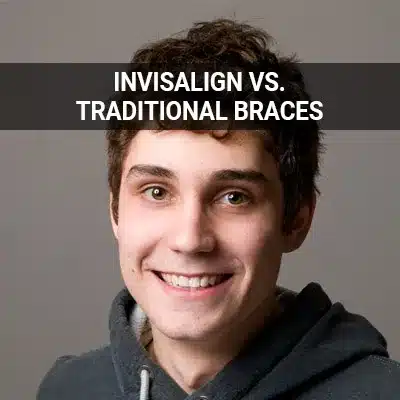
Is Invisalign Teen Right for My Child Glendale AZ
For many teens, the thought of wearing metal braces comes filled with dread. The visibility of wearing braces can be particularly anxiety-producing for teens in the high-stress environment of middle and high school.
No one wants to look back on their photos of homecoming or events with friends and see an embarrassed, tight-lipped smile or a layer of metal over their teeth. Fortunately, traditional metal braces no longer remain the only option for teenagers. Invisalign® Teen offers a custom solution that eliminates the negative feelings and ideas often associated with metal braces while still producing the desired result: straight, aligned teeth.
Invisalign Teen is available at Singh Smile Care - Dentist Glendale AZ and the surrounding area. Our staff can help you make the right decision for your child’s dental needs. Call us at (623) 400-6009 to schedule a consultation.

Invisalign Teen
Invisalign Teen offers a series of clear, plastic aligner trays custom made to fit over the teeth. They work to gently move teeth to better positions in the same way as traditional braces, creating a long-lasting, healthy smile.
Invisalign Teen trays are removable, allowing for easier brushing and flossing to maintain healthy teeth and gums. As such, many teens prefer them over traditional metal braces. Invisalign Teen remains particularly popular among teens involved in sports, musical instruments, and other activities. By keeping the mouth free of metal parts associated with traditional braces, Invisalign Teen reduces the risk of oral injury.
However, teens must remember to put their Invisalign trays in a safe place upon removal to prevent them from being misplaced or accidentally discarded. In the event they do misplace their trays, we can work to provide replacement aligners.
Since Invisalign Teen comes completely clear, it allows patients to feel confident in their smiles while undergoing treatment. In most cases, only the patient wearing the aligners can tell them apart, making them more cosmetically appealing than traditional metal braces.
Invisalign Teen offers a series of clear, plastic aligner trays custom made to fit over the teeth.
Conditions Invisalign Teen Treats
Invisalign Teen can treat a broad range of orthodontic conditions, including:
- Crowded teeth
- Widely-spaced teeth
- Overbite
- Crossbite
- Underbite
Invisalign Teen remains effective at correcting mild to moderate cases. Patients who opt for this system most often have crowded teeth, gap teeth, or misaligned teeth. Invisalign Teen is not always suitable for children with more severe orthodontic issues, such as missing teeth or major malocclusions. Children must also be ready for the level of responsibility that comes with using Invisalign Teen.
Invisalign Teen can treat a broad range of orthodontic conditions, including crowded teeth, widely spaced teeth, overbite, crossbite, and underbite.
Choosing Invisalign Teen for Your Child
Straightening one's teeth comes with a certain level of personal responsibility. Invisalign Teen requires attention and care from the patient. Parents should make sure their teen is ready for this level of accountability.
One of the benefits of Invisalign Teen is that it is removable. Many teens enjoy this, as they can easily remove the aligners for eating, drinking, and activities. However, this means that they must also remember to safely store them and remember to put them back for treatment to progress.
Teens must wear their aligners between 20 to 22 hours a day. Each aligner has a blue-to-clear compliance indicator, acting as a gauge for how long each aligner must be worn. The indicator turns clear once it is time for the aligner to be replaced. In the event the teen does lose his or her aligner, we can begin the process of getting replacement aligners.
One of the advantages of choosing Invisalign Teen is fewer appointments. While braces need to be adjusted every few weeks, Invisalign’s progress requires checking every few months. To make an informed decision regarding their child’s readiness for Invisalign Teen, parents must understand their child’s individual needs and level of personal responsibility.
To make an informed decision regarding your child’s readiness for Invisalign Teen, you must understand your child’s individual needs and level of personal responsibility.
Comfort Level
Wearing traditional braces may cause your child some minor pain and discomfort. The metal brackets may irritate gentle tissues in the mouth and cause mouth sores. Patients can expect to feel some pain during and after adjustments, too, as the teeth shift into new positions.
Invisalign Teen is a suitable alternative for patients with a low pain tolerance, helping them achieve the smile they desire with minimal discomfort. While a child may feel pressure from each new set of aligners, it should never be enough to cause significant discomfort or pain. A child's treatment plan will set the aligners enough to straighten the teeth but not enough to be overbearing or unbearable.
Invisalign Teen is a suitable alternative for patients with a low pain tolerance, helping them achieve the smile they desire with minimal discomfort.
Questions Answered on This Page
Q. What conditions does Invisalign Teen treat?
Q. Should I choose Invisalign Teen for my child?
People Also Ask
Q. What are the differences between Invisalign and traditional braces?
Best Age to Use Invisalign Teen
Invisalign Teen is only suitable for children who already have all of their permanent teeth.










